[please login to make this ad block disappear]
Independent Playak Review: Elie Strait 140 XE
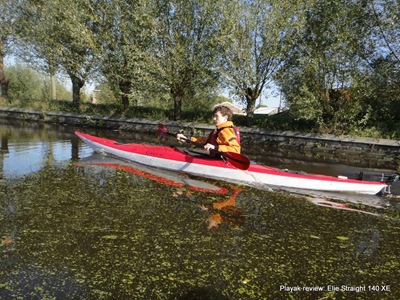 Independent Playak Review of the Elie Strait 140 XE.
Independent Playak Review of the Elie Strait 140 XE.
Introduction
Canadian kayak manufacturer Elie positions its kayaks in the “Strait” line to be designed “for more advanced paddlers wanting to take longer (1-3 day) trips on larger, more challenging bodies of water”. According to Elie the Strait is an “advanced day touring kayak with a better combination of performance, durability and premium features. The sophisticated Strait hull design is fast, easy handling and stable. Nice touches all around enhance your experience”.
The Strait 140 is the largest kayak in the line. It’s 14 foot (4,27m) long, 24.25” (62 cm) wide and fits medium to large paddlers. The Strait 120 is the little sibling of the Strait 140 for smaller people. The XE in the product name stands for the luxury version of the standard Straits, with a rudder-system and a day hatch just behind the cockpit.
Test Set Up
Testing the Strait 140 was quite a new experience for me. The kayaks that I normally paddle are at least 3 feet (1 meter) longer and four inches (10 cm) narrower than the Strait. Most of these kayaks are hand-lay-up composite kayaks produced in small series for a specialized public. The Elie Strait is a different kind of kayak. It’s produced in large numbers for a wide range of paddlers. Actually this was also why I was really interested in testing the boat. It offers a lot of the features of a serious touring kayak in a more recreational package. Despite its relatively low price, some of the features (like the hatches, the seat and the rudder) are even of a more innovative design than on the exclusive kayaks I am used to paddle. Mass production has its advantages: high production numbers do facilitate more sophisticated production methods. Of course it is not fair to compare the Strait with the performance of dedicated sea (touring) kayaks that cost 3 times as much. I am also aware that my kayak experience and routine as a sea kayak coach doesn’t exactly match with that of the “advanced paddlers” which Elie had in mind designing the Strait series. To get an unbiased all-round review of the Strait 140 XE, I stored the kayak in the local kayak club’s boat house for some months and invited the members of the club to paddle it. Of course I also paddled the boat extensively myself. This review is based on the feedback of the club members in combination with my impressions.
The test-kayak is during half a year paddled on inland-water in the center of Holland. These water bodies vary from small canals, to rivers, and large lakes. The weather conditions varied from calm to windy 3-4 bft.
Material
The tested Elie Strait is a two tone colored kayak. This color-scheme is unusual for a kayak with a thermoformed hull. Traditional it’s typical for composite kayaks. Elie uses a technology that shapes the deck and hull and fuses them together under extreme heat and pressure. In this way the looks of a composite kayak is combined with the lower price and the impact-resistance of a thermoformed kayak. Elie uses its own material (three-layer Poly-XRTM ) for the kayaks. Elie claims Poly-XRTM to be 30 % more rigid than standard polyethylene, allowing them to use less material to deliver the same durability. In this review it’s impossible to check this claim. Fact is that the kayak is indeed noticeable lighter than similar sized polyethylene kayaks of other brands. Don’t underestimate the advantage of a light craft: for handling a kayak on land every kilo less counts. The rigidity (stiffness) of the Elie kayak seems to be similar to that of the other polyethylene kayaks. Like all polyethylene kayaks the Elie is vulnerable to deformation (oil canning), but not more than any other polyethylene kayak. Polyethylene kayaks just require some extra care in storage and transporting: never leave a polyethylene kayak long in the sun strapped tightly to a roof rack, and don’t permanently store it flat on its hull. But if, despite all care, indentations have developed in the hulls it’s not dramatic. Just set the boat in the direct sun for a couple of hours to remove a dent. When the hull heats up, it usually reforms itself. The big advantage of polyethylene is its impact resistance – in normal use it’s almost indestructible.
Design
The Elie has the typical “Swede form” geometry (=the widest point of the kayak is located just behind the middle of the kayak), with a hard chined V-shaped hull and a serious amount of rocker along the keel line. This should guarantee speed, straight-tracking, stability and maneuverability. More about the performance of the kayak in the next section of this review. The underwater ship of the Elie is lengthened by a detachable keel extension. Reasons for this will be partly production-related, but it is also a clever idea in itself: the end of the keel line is the most exposed part of the ship, most liable to wear when dragging the kayak on the ground. Replacing the keel extension is easier and cheaper than repairing a hull. In the XE version the kayak is outfitted with a rudder. The rudder assembly is of a solid quality and easy to install. The rudder is controlled by the footrests sliding in a rail.
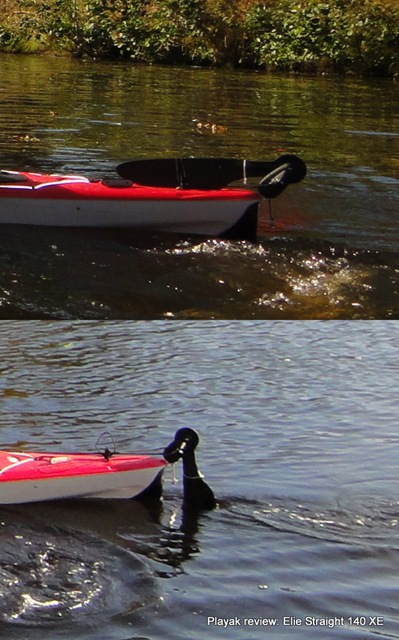
Rudder and keel extension (black)
The cockpit of the Elie is roomy and offers easy access even for large or less flexible paddlers. Large paddlers sit comfortably in the kayak while the thigh braces, adjustable foot pegs and the ergonomic seat ensure proper boat contact. The design is obviously aimed at larger paddlers. Small people feel lost in the cockpit. The seat is padded with perforated closed cell foam. This foam adds to the comfort on longer trips, but once it is wet it takes some time to dry. The backrest of the seat is adjustable in height and angle and (when adjusted properly) offers good lumbar support without hindering performance. The backrest flexes on the move and stays nicely in position during entry and exit. The padded thigh braces are part of the cockpit rim. They don’t have a very pronounced shape and are also a bit flexible, but in normal (the Elie is not a white water kayak!) use they offer enough support.
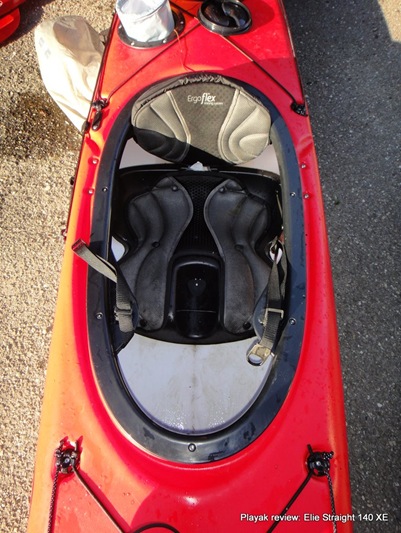
Cockpit with padded seat and thigh braces
For its length the Elie offers a huge storage capacity. The access to the front and rear compartments is easy due to the beautiful designed hatches. No fiddling with rubber hatches, buckles or tiny hooks: just a simple quarter turn of the latches opens and closes the hatch. The hatch cover itself is a strong piece of ABS-material and fastened with a hinge: no parts to get lost. The construction is very solid and functioned flawless, but it is not completely waterproof. Rainfall or occasional water splashing over the deck is no issue for the hatches, but after paddling in really “wet conditions” with waves coming over the deck and after a rolling session we noticed a serious amount of intruded water in the compartments.
The XE version of the Elie Strait offers an additional day hatch with dry bag behind the cockpit. This is a nice feature for the small items you want quick at hand (like sunglasses, sunscreen, camera or a candy bar) on the water, but the handling is quit tricky. The day hatch has a screw type cover, which must be positioned exactly on the thread of the rim to close. The dry bag that hangs inside the rim hinders this, which makes closing of the day hatch a rather fiddly operation, while you also need good flexibility and balance to reach behind your back sitting in the cockpit of the kayak.
Elastic bungee cords on the front and the rear deck of the Elie facilitate deck storage of some extra kit. Split spare paddles can best be stored on the back deck. Perimeter lines along the deck are a welcome safety issue and provide good grip to the kayak. The carrying handles are ergonomically shaped and lay comfortable in the hand. Because of the position of the rudder the handle on the rear deck is not positioned at the end tip of the kayak. This makes carrying the kayak on the handles somewhat awkward.
Performance
With the wide beam, the hard chined V-shape and the flat mid section of the hull it’s no surprise that the Stari 140 is a stable craft on the water. The kayak gives a lot of confidence to the paddler. It lies on the water solid like a brick on the road. This doesn’t change when some waves come into play. The primary stability is excellent. More surprising is that, when the paddler puts his body into play and starts edging and leaning the kayak, the Elie turns out to be a rather lively and responsive kayak. It reacts fast on body movements and gives good feed-back. But in daily use this sort of body engagement is hardly needed to deal with the kayak. A short sweep stroke is enough to change direction. And when you want to paddle in a straight line: just paddle, the Strait tracks well. These characteristics do change however when wind comes into play. Then it is important to have some weight on board. But even the heavier paddler will notice that the kayak has a lot of volume above the water line. With wind from the side the kayak will drift aside and tempts to weathercock. On open water with winds up to 3 Bft, the handling of the kayak is reasonable manageable. Due to its maneuverability it reacts quick on correcting strokes in these conditions. When the wind gets even stronger the fun is soon over. Then it is getting hard work: skill and power of the paddler are needed to keep the kayak on course. But let us be honest: these are the not the conditions this boat is built for, nor the conditions where a recreational paddler should expose himself to.
The rudder of the test kayak was rarely used by the test paddlers. In itself the operation of the rudder is smooth, but all paddlers noticed that deploying the rudder immediately slowed the kayak down. We assumed that the flapping rudder was causing drag. This flapping of the rudder is hardly avoidable because of the control system with the foot pegs sliding in a rail. There is no other fixed point for the feet to be placed upon. Which means that every subtle movement of the feet is transferred to the rudder. Anyway, in daily practice nobody felt any need for a rudder because the Strait (without rudder) is already so easy to control. The only moments where a rudder could have been helpful were the windy conditions mentioned before. But again, in such conditions you are pushing the boat’s limits…
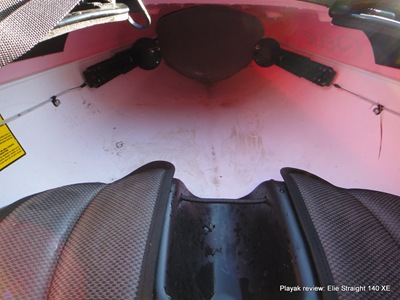
Rudder control system with sliding foot pegs
The cruising speed of the Elie is good for a recreational kayak of its length. A speed of 6-7 kmh is comfortably held. With some more effort and a good condition a speed of 8 kmh can also be held on longer distances. At higher speeds the Elie starts building up a large wave on the bow and it costs a lot of extra power to gain more speed.
We did also practice rolling and rescue sessions with the Strait. The good boat contact facilitates rolling and bracing the kayak. Put the kayak on its side and it stays nicely in position. Rolling you’ll notice some kind of “tipping point” to roll over when you come up. The large cockpit and the perimeter lines are very helpful when you are performing an assisted rescue. The rudder hinders when you try to re-enter the kayak over its back deck, but the kayak is stable enough to re-enter sideways.
Conclusion
In half a year the Elie Strait 140 XE has made some good friends at the local kayak club. Beginners liked the stability and the straight tracking of the kayak, more experienced paddlers were surprised by its agility, ease of handling and comfort. The sea kayakers in the club missed the glide of their own (composite 17-18 foot) sea kayaks. I developed a new method of power training: paddling the Strait 140 and keeping up with sea kayakers in 17-18 footers…
In this review we also made some critical notes about the kayak. The hatches are very handy, but not 100% waterproof and the rudder hindered us more than it helped. Please note that we did put the boat beyond its limits – the Strait was never meant as a rolling kayak or a real sea kayak. But it survived our harsh approach and never abandoned us. Elie states in the owner’s manual of the boat that it “is designed to be used only in sheltered waters, lakes and slow moving streams. It is not designed for whitewater use. Never go paddling in severe winds, rain, thunderstorms etc. etc.”.
In the conditions it is made for, the Strait 140 XE does a wonderful job, is very user friendly, light and agile, and almost indestructible. It’s a complete package with all the important safety issues and enough storage capacity for camping trips.
We recommend the Elie Strait 140 for the larger recreational paddler (> 1.80 m or >70 kg) for inland waters and an occasional outing in calm and sheltered coastal waters.
The rudder on the Elie 140 Strait 140 XE is an option, but in our view it’s not necessary.
For Playak,
Hans Heupink
Forums

- Add rocker on a Sup » Hello there... (River SUP)
- 11' hard for river » Thanks, But is'nt for the same river... (River SUP)
- sup master instructor course from the Italian Federation for Amateur Paddling: October2016-June2017 » You should check out the ACA SUP program, as it sounds kinda similar...
- Waterblading - Send your Pics » bounce...
- Show us your SUP fish pics! » Extra Wide SUP for Fishing WideSUPfor2-2-3... (SUP Fishing)
- Michael Dolsey SUPs Has Just Opened a Southern California Distribution Center » NEWS FLASH Michael Dolsey Stand Up Paddleboards has just opened a southern California Distribution Center servicing the entire West Coast market...
Login to post here


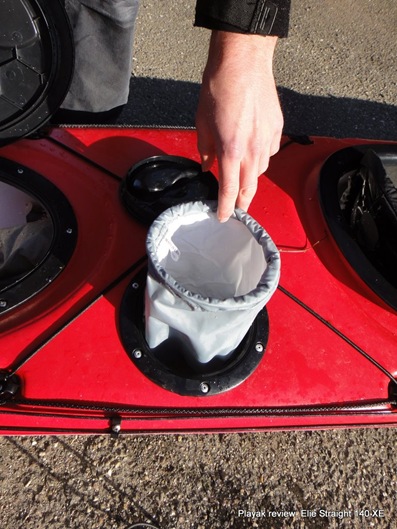
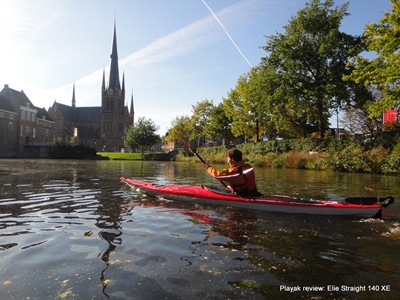
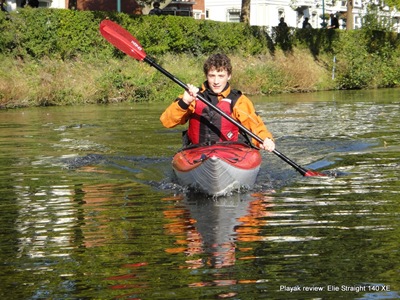
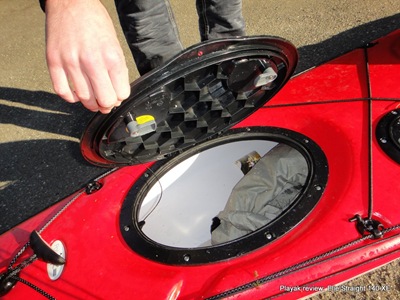
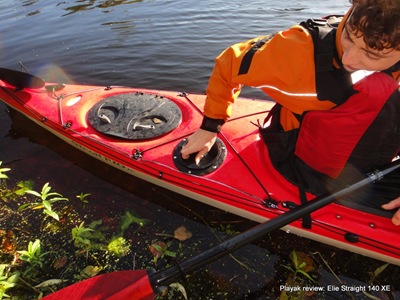
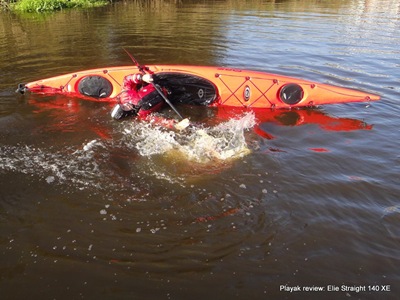
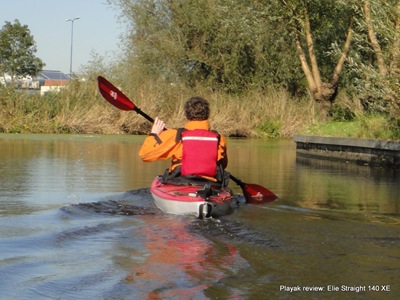












 Get for free:
Get for free:








